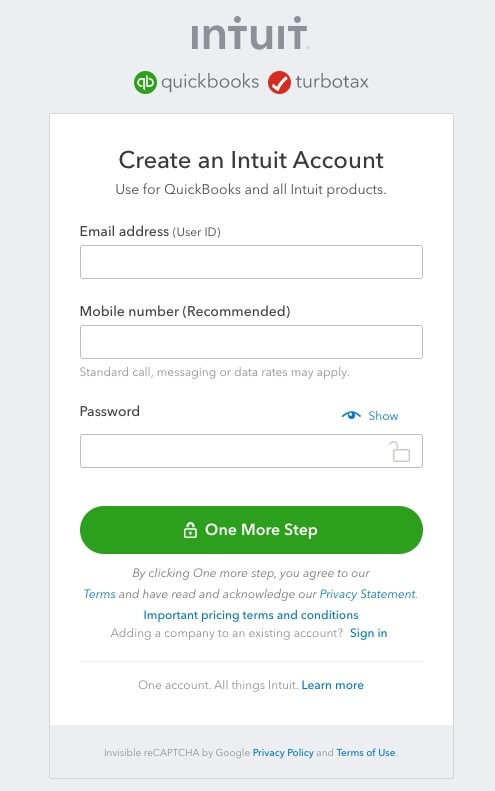Hello there, steve.
Here are some reasons why your customers not be receiving invoices sent via email in QuickBooks Online (QBO) and how you can fix the problem:
To begin, clear and re-enter your email address, and make sure not to use any extra characters or spaces before, within, or after the address you enter. To achieve this, you can follow the steps below:
If the first solution doesn't work, you can ask an IT expert to help you with the following solution. The IT expert needs to add the QBO mail server host names and IP addresses to your outgoing mail servers' allow list. This is so your QuickBooks emails aren't mistakenly marked as spam.
Below is a list of Host Names and IP addresses your IT expert needs to add to your allowlist.
If you have further concerns about managing your invoices in QBO, feel free to come back here in the Community. We're here to assist you 24/7.

You have clicked a link to a site outside of the QuickBooks or ProFile Communities. By clicking "Continue", you will leave the community and be taken to that site instead.
